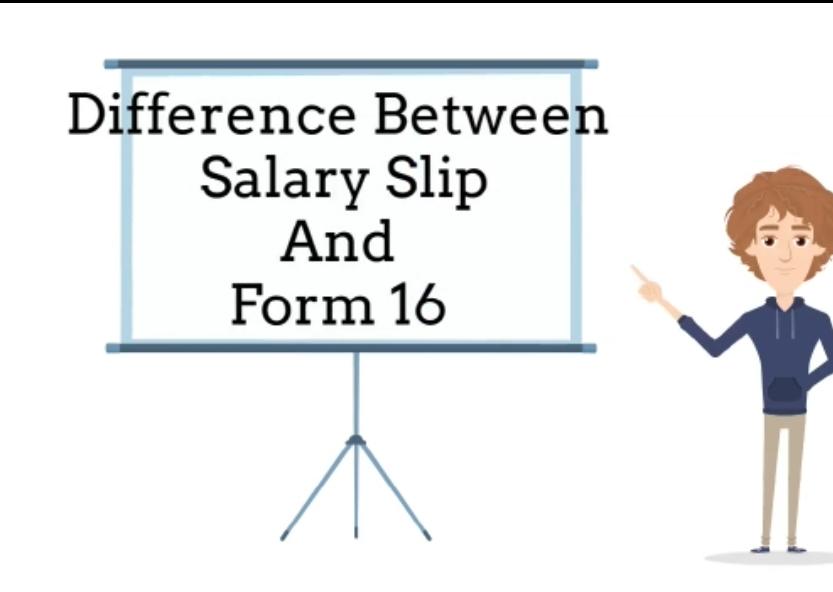
A Salary Slip is a document issued by an employer to an employee. It contains an in depth description of the employee’s salary components like HRA, LTA, Bonus paid, etc and deductions for a specified period of time , usually a month. It should be issued on paper or mailed to the employee. Employers are legally bound to issue salary slips to their employees periodically, as proof of salary payments to employees and deductions made.
Importance of a Salary Slip
a. A basis for income tax payment
The salary slip forms the premise for income tax calculation. It helps to arrange the income tax returns and determine how much tax is to be paid or how much refund is to be claimed by the employee for the year.
b. Provides access to varied facilities
The salary slip gives employees access to varied free or subsidized facilities provided by the government like medical care, subsidized food grains, etc.
c. Helps borrow
Salary slips provide lenders with assurance that their lendings are going to be repaid. It’s a vital document to avail loans, credit, mortgage, and other borrowings.
d. Helps assess offers
Employees can compare offers from new employers based on their previous salary slips. It also helps them negotiate salary with new employers or for brand new roles.
e. Proof of employment
Salary slips are important legal evidence of employment. Often, while applying for travel visas or to universities, applicants are asked to furnish a duplicate of their salary slip as proof of employment and designation.
Form 16 on the other hand is a certificate issued by an employer and it contains the information you need to arrange and file your income tax return.
The overall salary of any employee consists of the many factors which include TDS, PF, etc. In every year’s tax filing, the employees are required to file various forms that clarify all the components of their salary.
To validate that the fact that TDS has been deducted from the general salaries of the employees and deposited with the authorities, the employer issue a Form 16 to the employees.
Employers must issue it per annum on or before 15 June of subsequent year, immediately after the financial year within which the tax is deducted. Form 16 has two components – Part A and Part B. Just in case you lose your Form 16, you’ll request a duplicate from your employer.
Part A of Form 16
An employer can generate and download this part of Form 16 through the TRACES portal. Before issuing the certificate, the employer should authenticate its contents. It’s important to notice that if you modify your job in one financial year, every employer will issue a separate Part A of Form 16, for the period of employment.
Some of the components of Part A are:
a. Name and address of the employer
b. TAN & PAN of employer
c. PAN of the employee
d. Summary of tax deducted & deposited quarterly, which is certified by the employer.
Part B of Form 16
Part B of Form 16 is an annexure to Part A. If you modify your job in one financial year, then it’s for you to make a decision if you’d want Part B of the form from both the employers or from the last employer. A number of the components of Part B notified newly for the FY 2019-20 are:
a. Detailed breakup of salary
b. Detailed breakup of exempted allowances under section 10
c. Deductions allowed under the income tax act (under chapter VIA):
Specific fields are notified for deductions mentioned below:
1. Deduction for life insurance premium paid, contribution to PPF, etc., under section 80C
2. Deduction for contribution to pension funds under section 80CCC
3. Deduction for employee’s contribution to a pension scheme under section 80CCD(1)
4. Deduction for taxpayer’s self-contribution to a notified pension scheme under section 80CCD(1B)
5. Deduction for employer’s contribution to a pension scheme under section 80CCD(2)
6. Deduction for health insurance premium paid under section 80D
7. Deduction for interest paid on loan taken for higher education under section 80E
8. Deduction for donations made under section 80G
9. Deduction for interest income on savings account under section 80TTA
d. Relief under section 89
